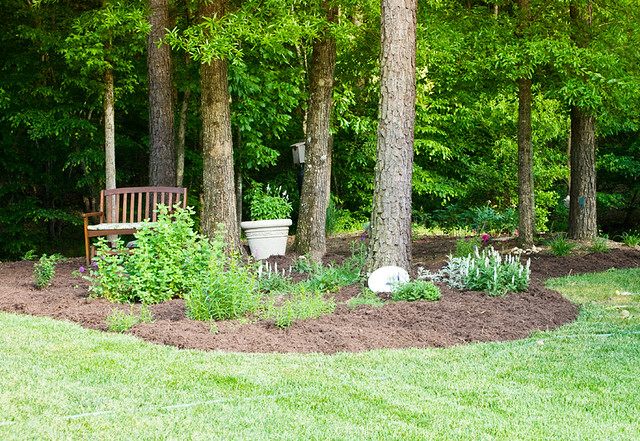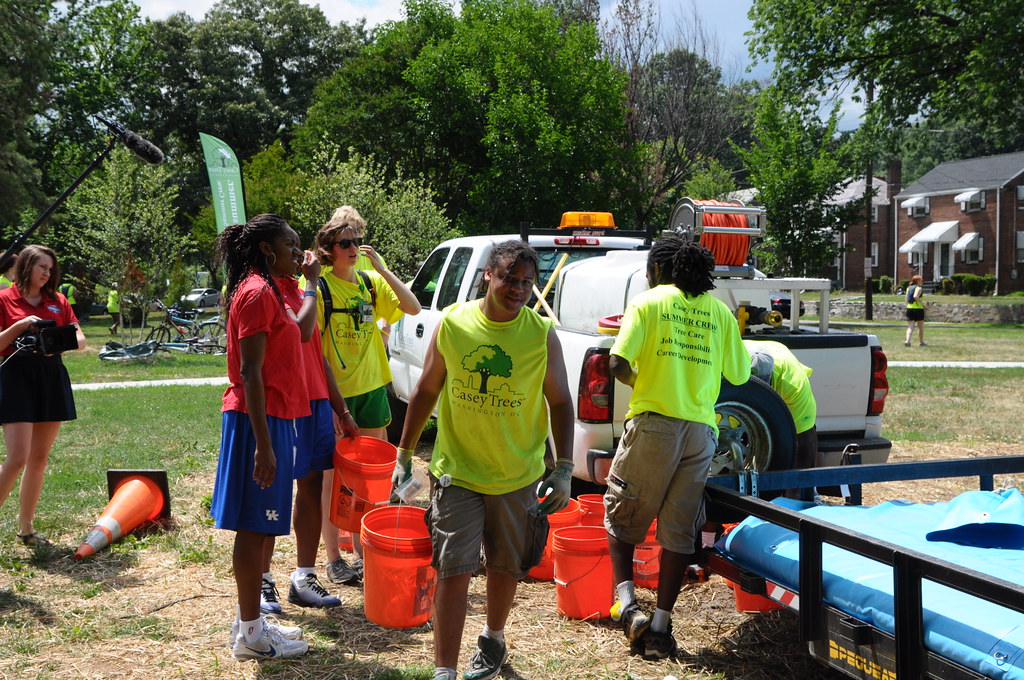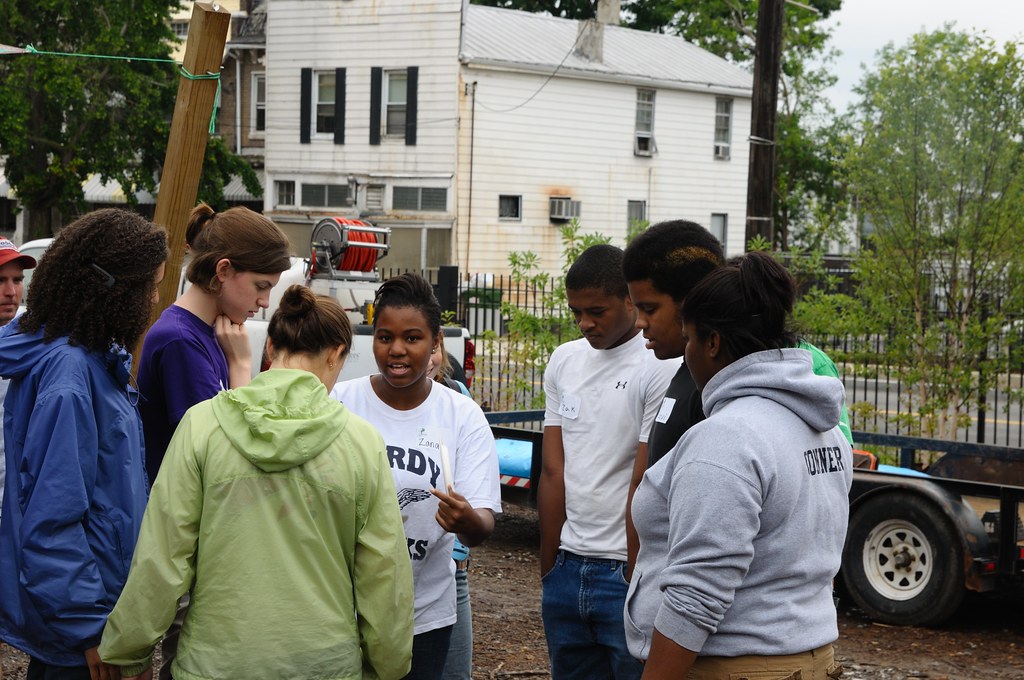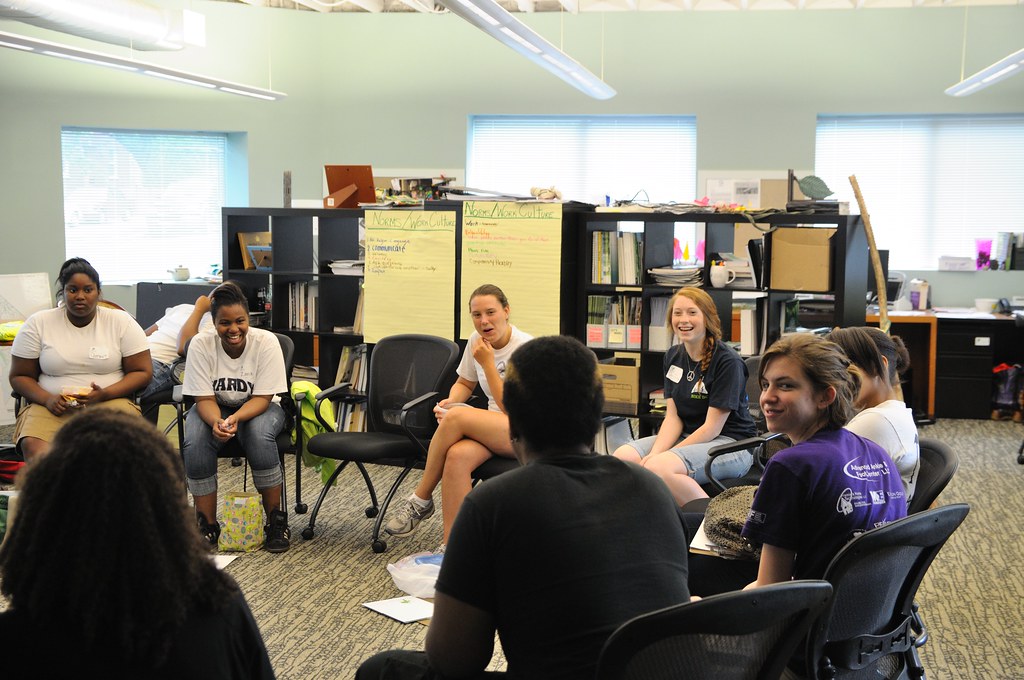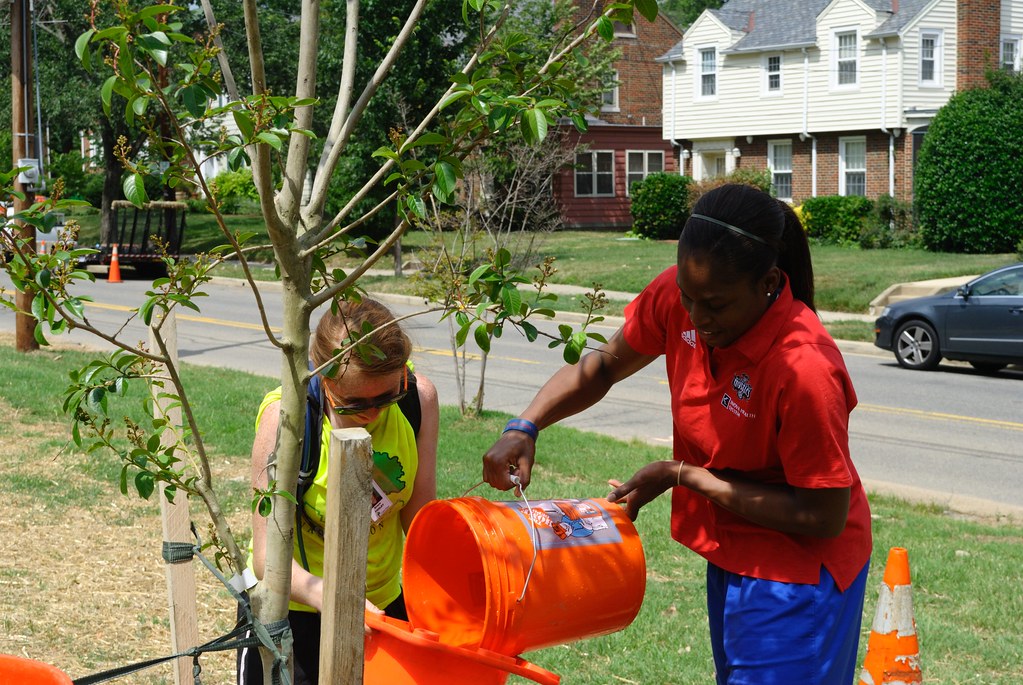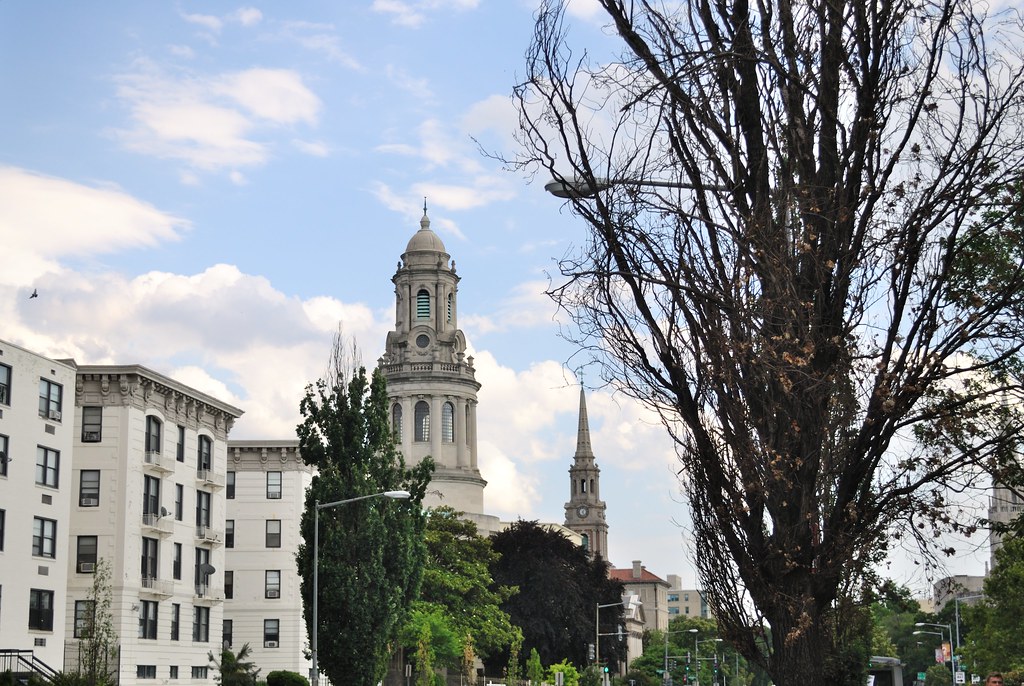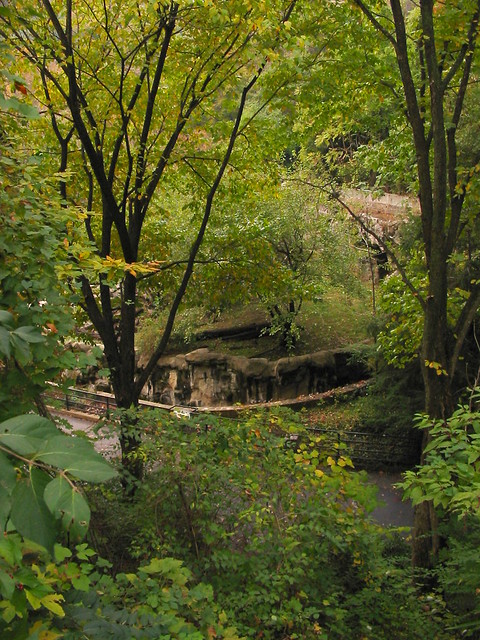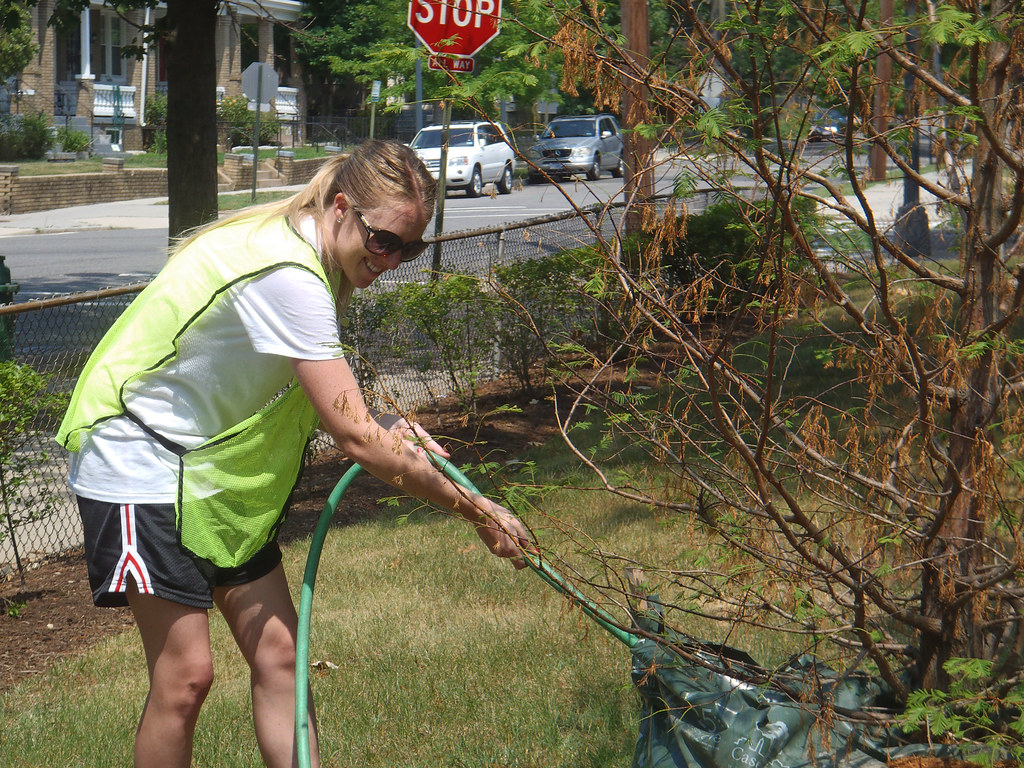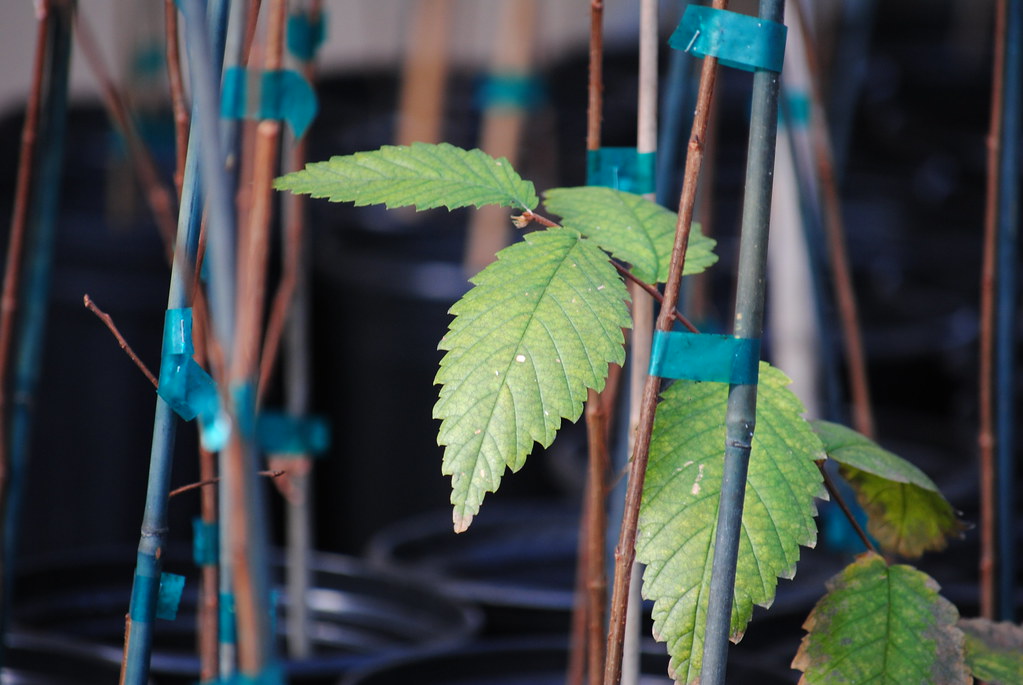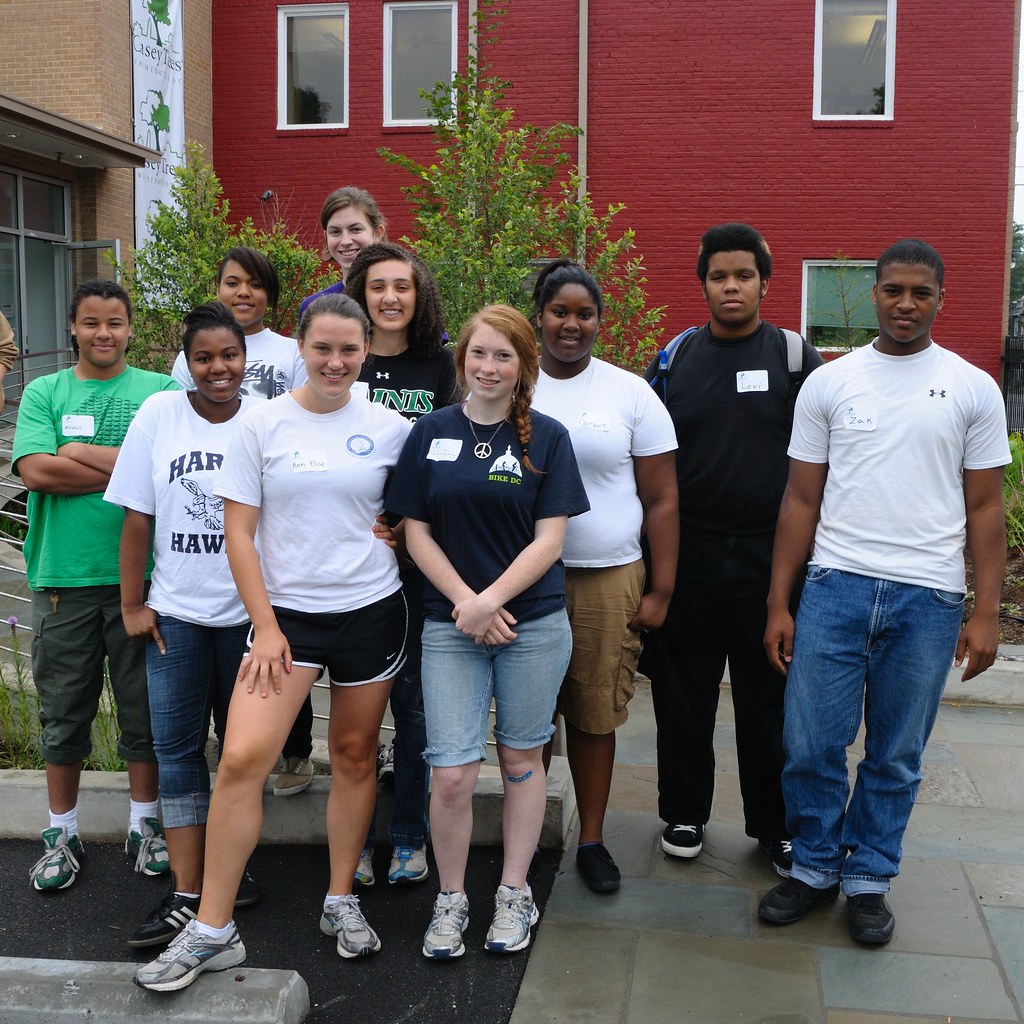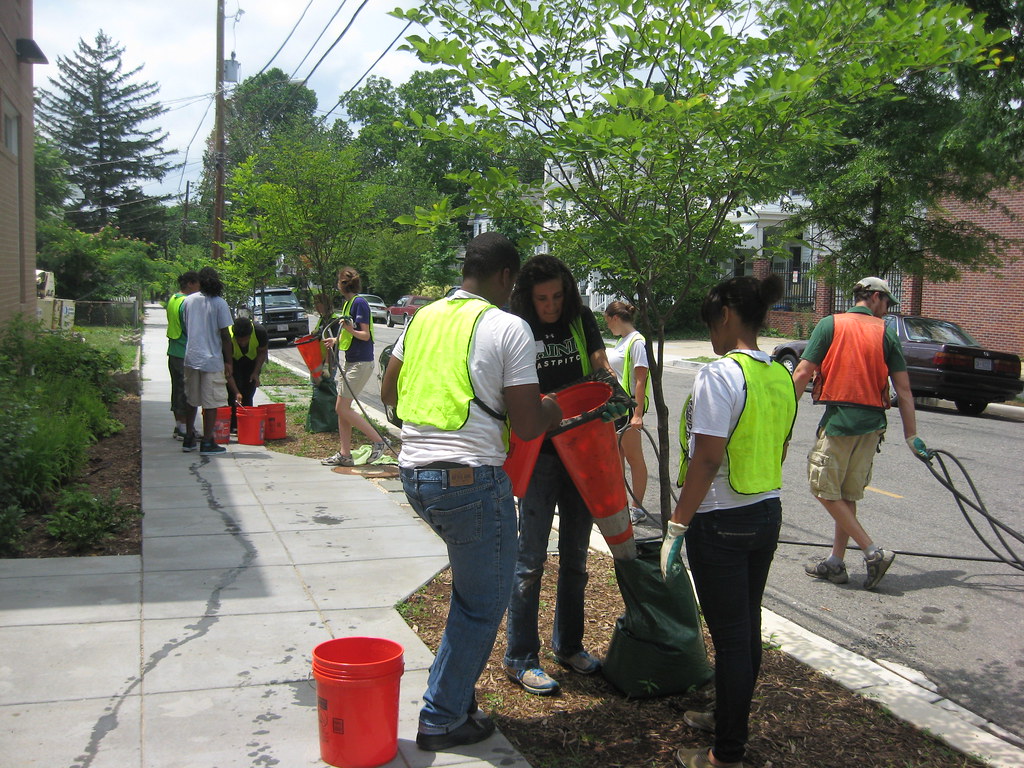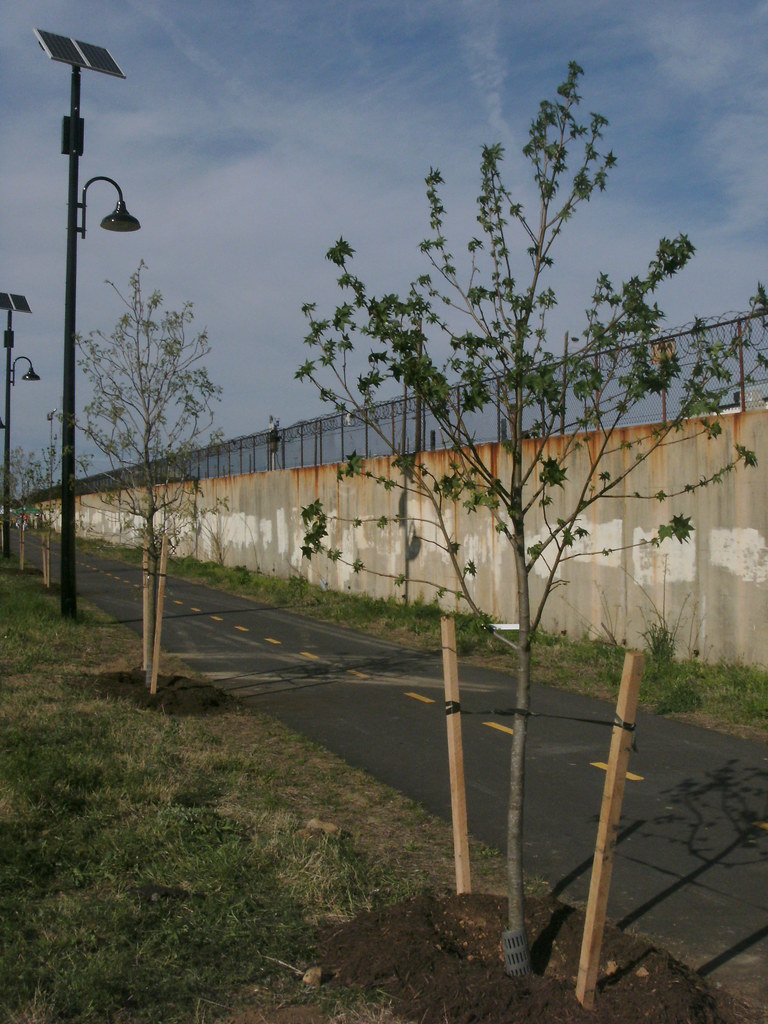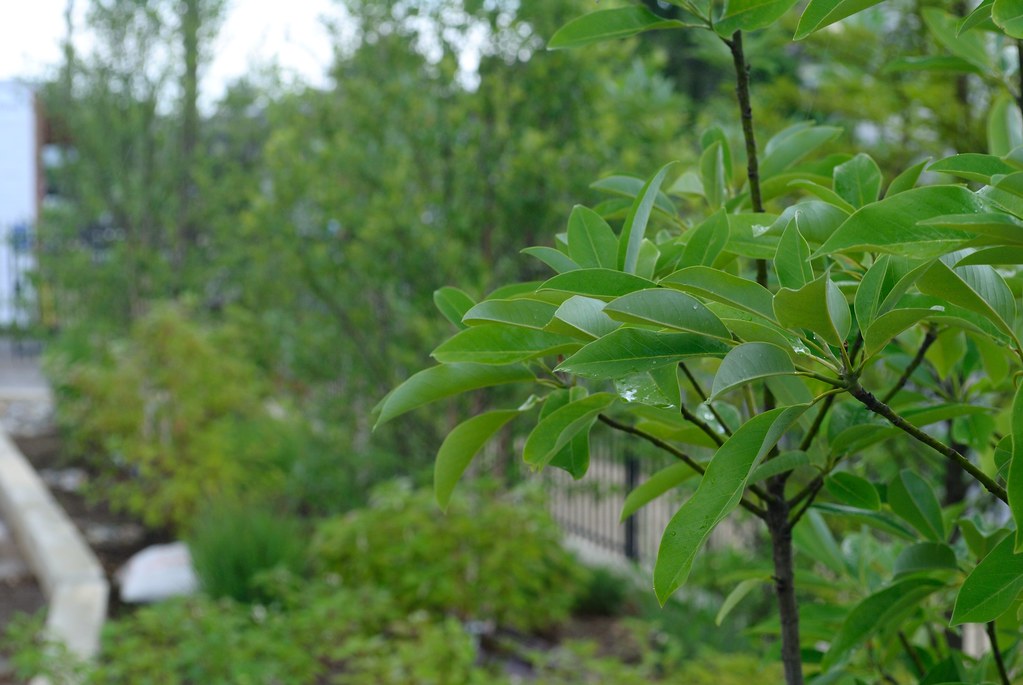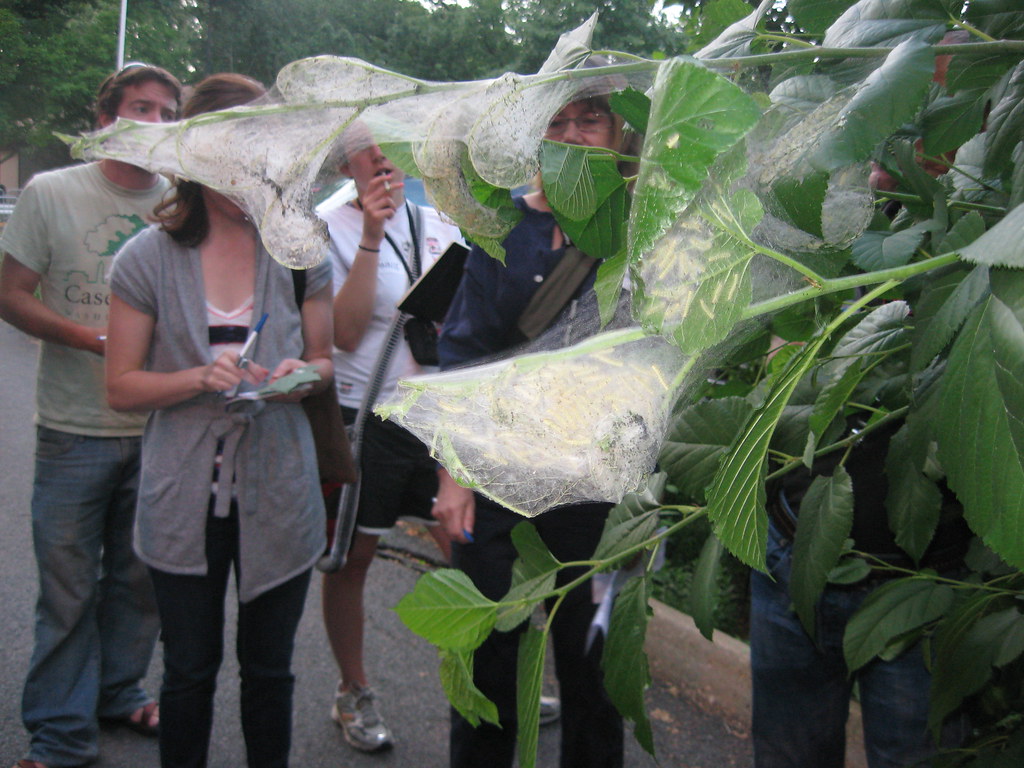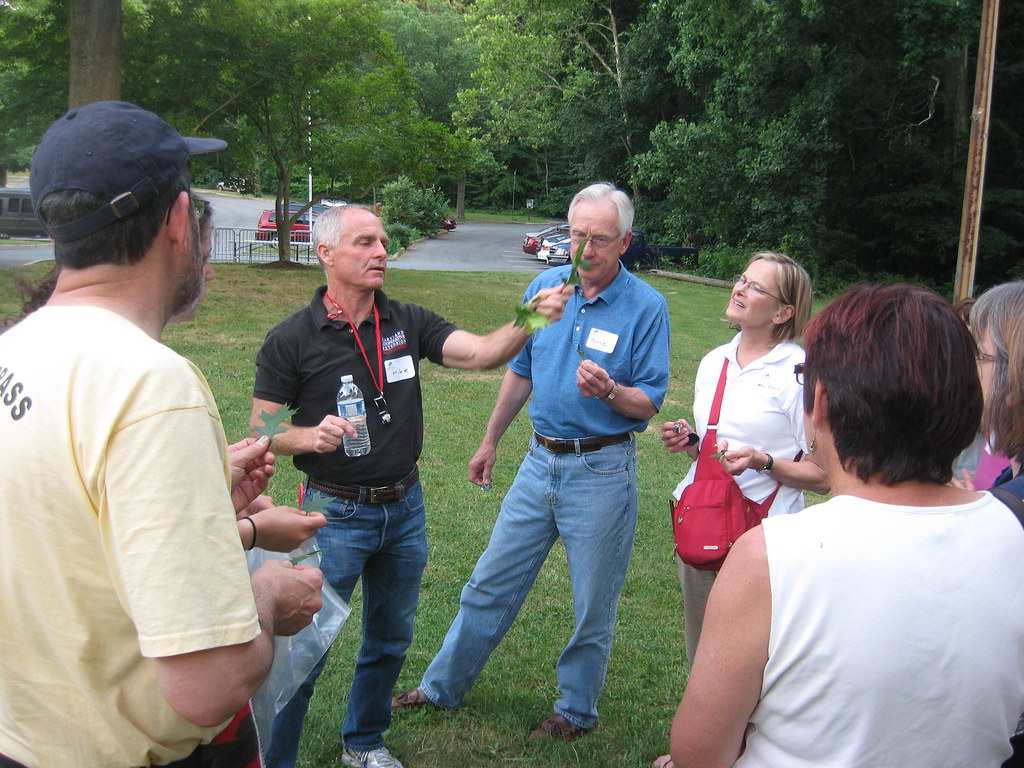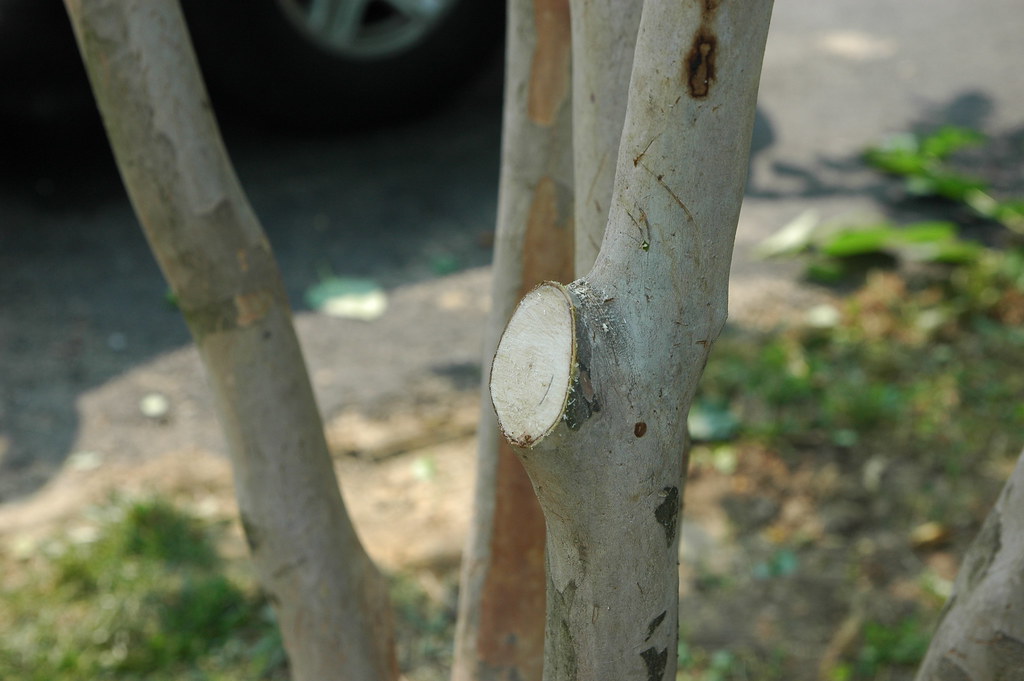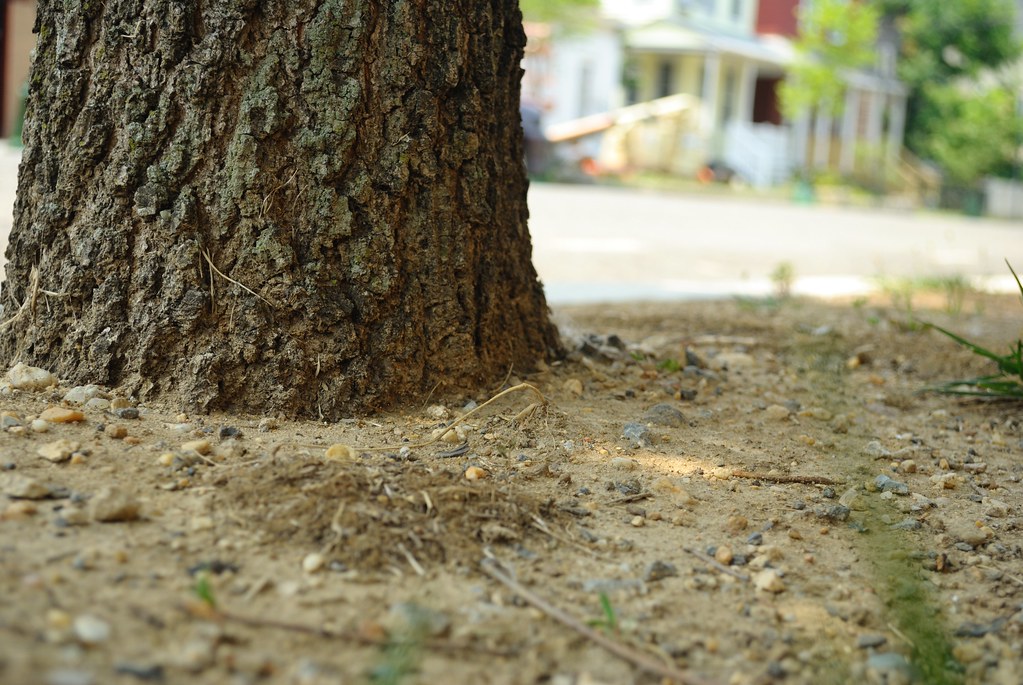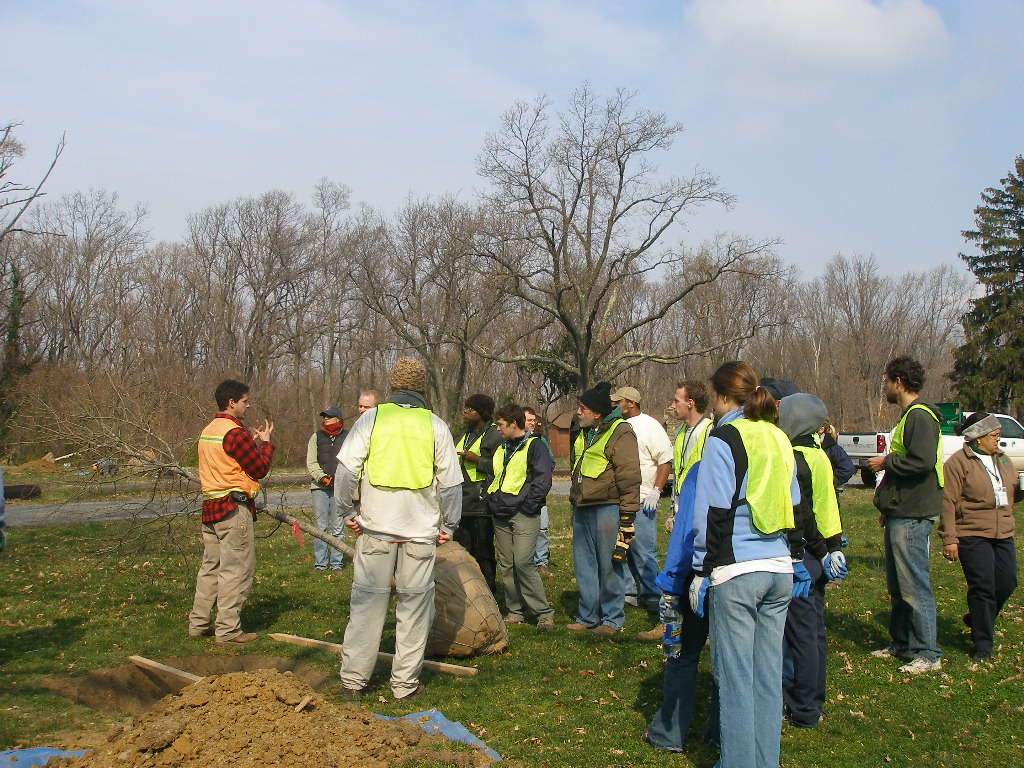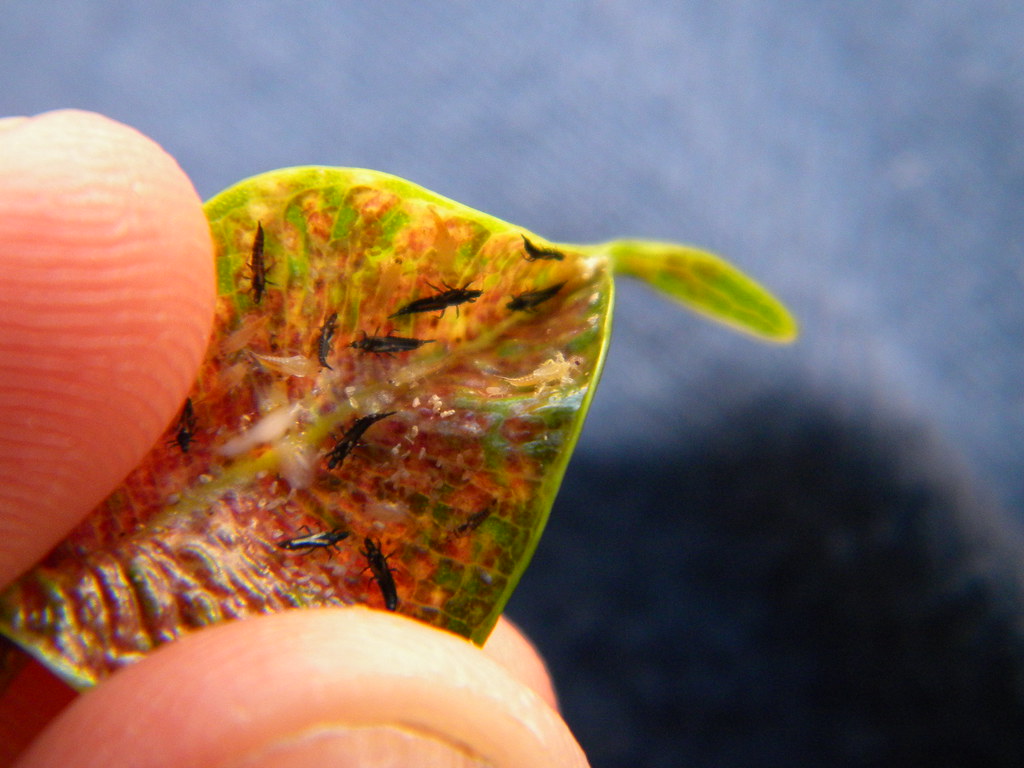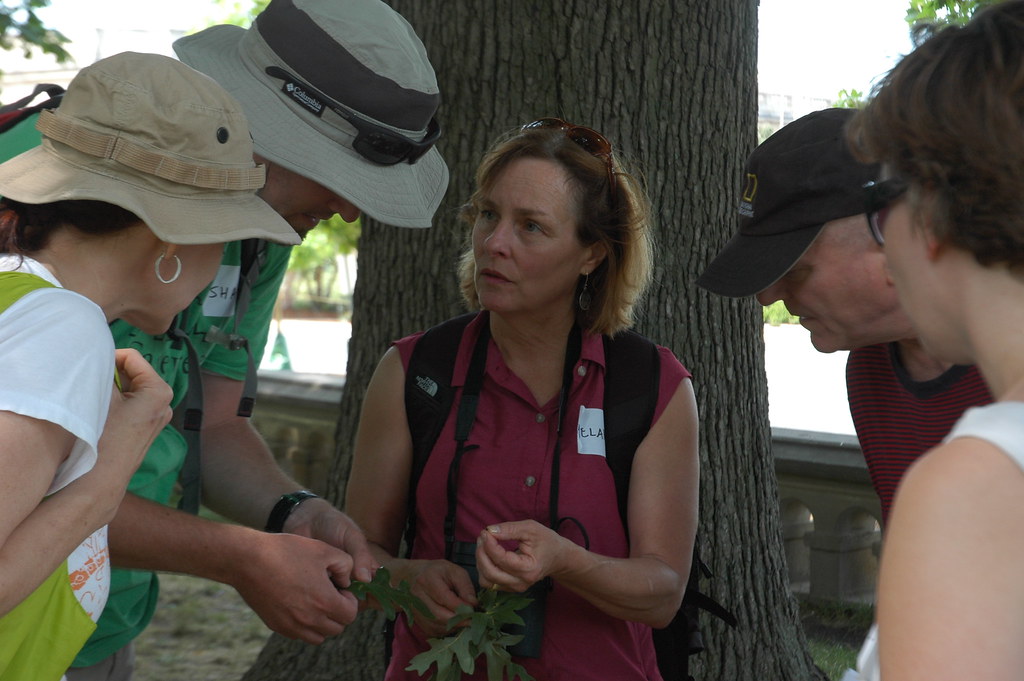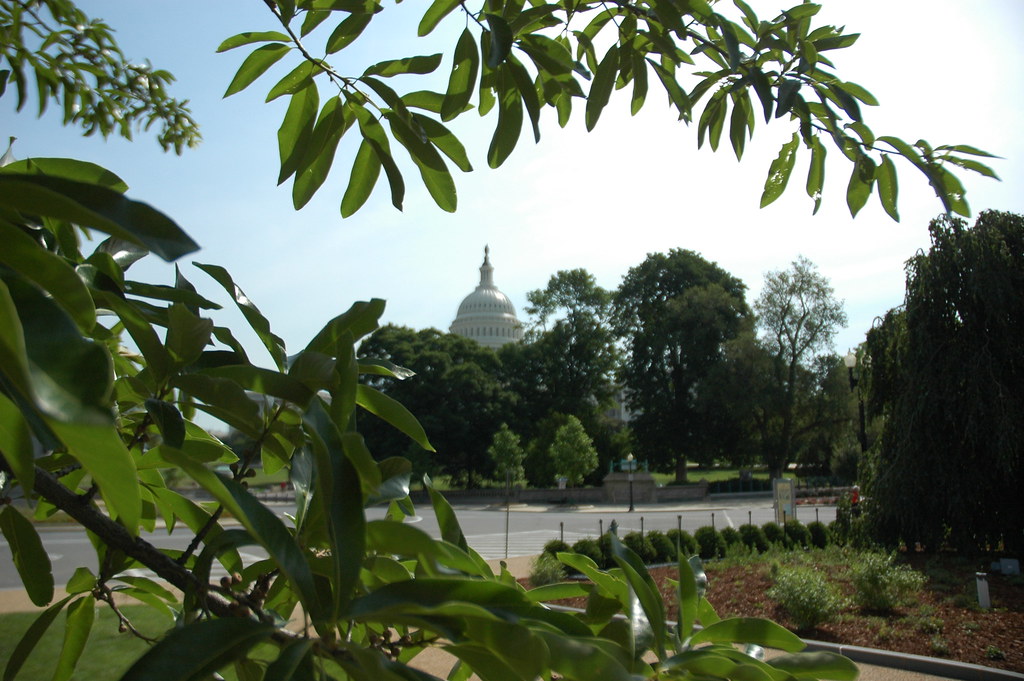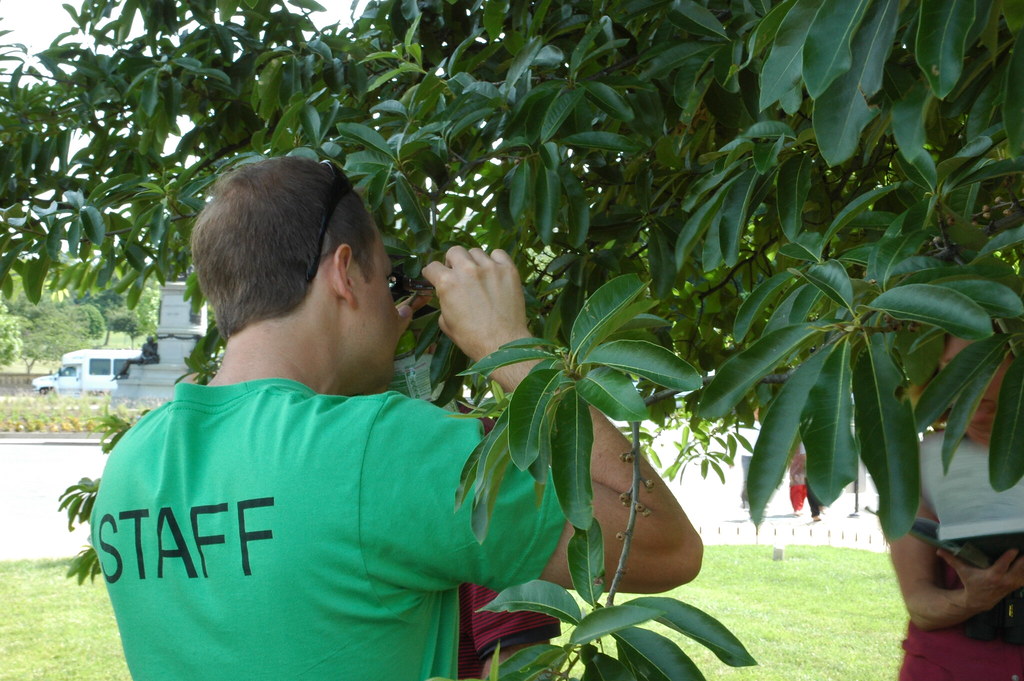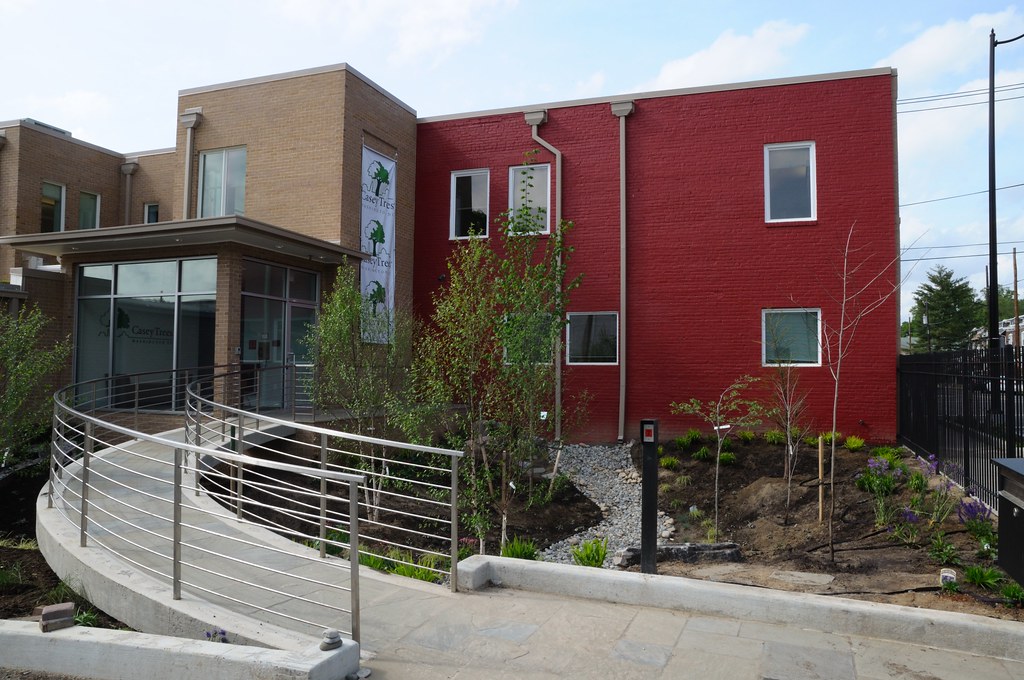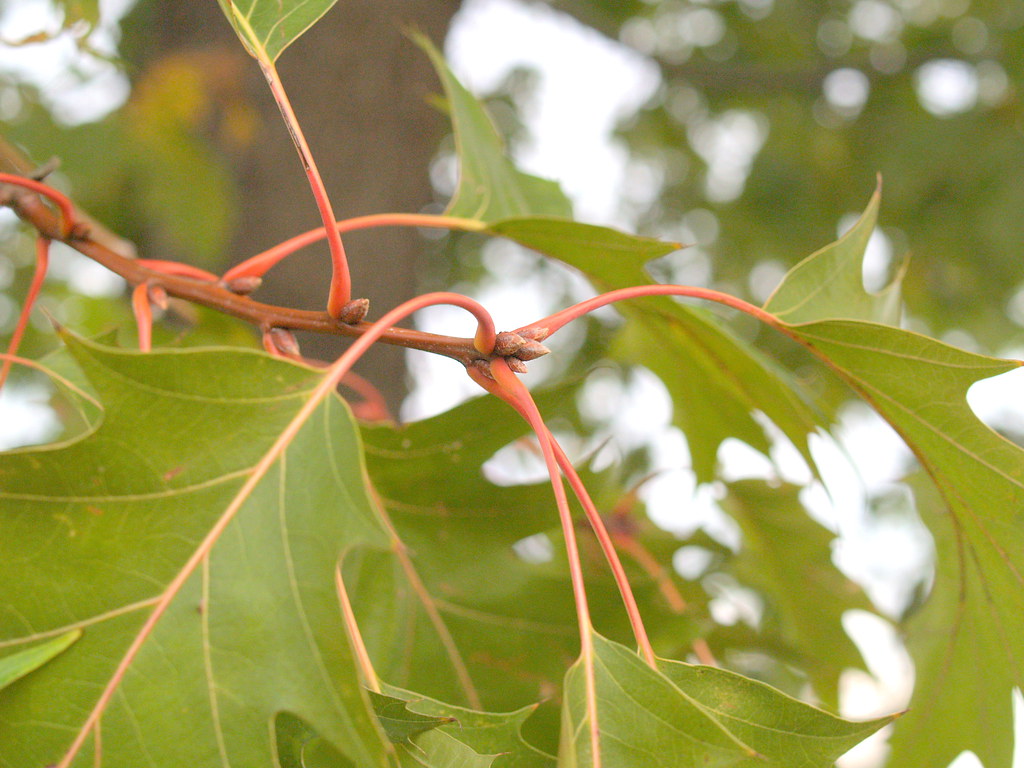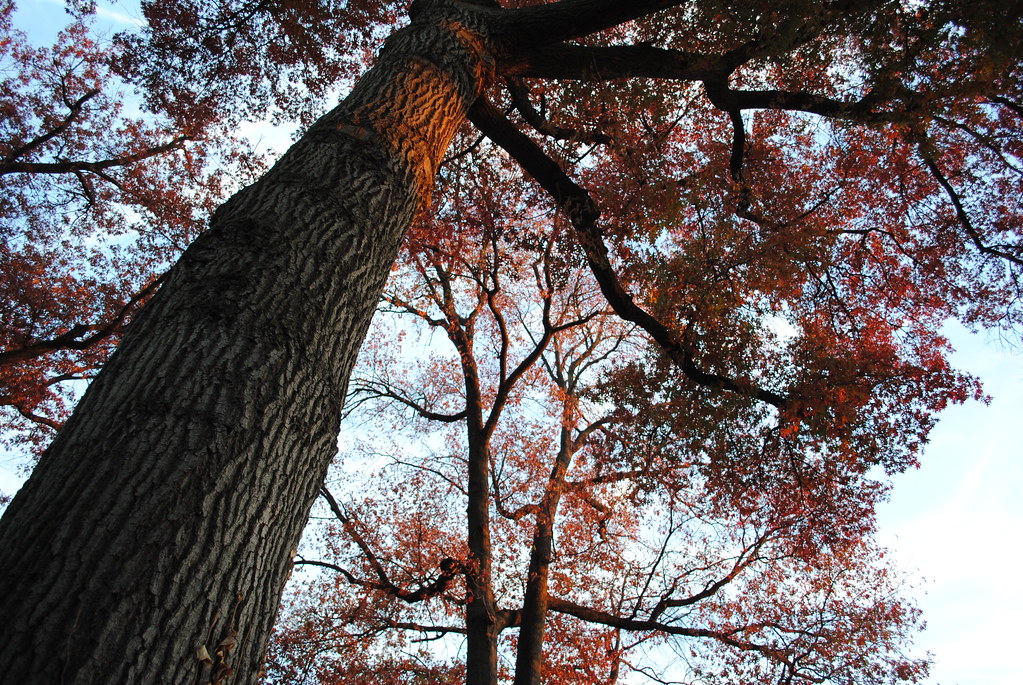What are Suckers?
In the world of tree care, the term suckers refers to unwanted twigs that grow rapidly on abnormal parts of a tree. They typically grow as a result of a wound or stressor (e.g. drought, disease, insects, and root zone disruption) and can often be harmful to a tree’s health.
 |
| Sucker growing from pruned tree - adventitious growth. Photo credit: Todd Watson, Texas A&M University, bugwood.org |
A few facts about suckers:
- They often originate from the root zone or the base of the trunk, but can be found anywhere on the tree.
- The leaves that emerge from sucker growth are generally larger (much like shade leaves), exhibiting atypical characteristics.
- Tree pruning can contribute to the formation of suckers.
- Other specific terms that indicate various types of sucker growth include epicormic growth, adventitious growth and water sprouts.
Examples of sucker growth can be found throughout D.C.’s urban forest. The District's American elms often have sucker growth along the lateral stems in the tree’s crown, as a reaction to urban stress or pruning activity. If you live in central D.C., check out the stately willow oaks that line Rhode Island Avenue on the blocks just east of North Capitol Street and you may see a few with suckers in their crowns as well.
 | |
| Sucker growth from emerald ash borer damage. Photo credit: Michigan Department of Agriculture, bugwood.org |
Should I remove them?
Yes - in most cases. Because of their rapid growth, suckers tap into the valuable food stores that keep trees healthy. Additionally, suckers can be hazardous both to pedestrians and to the strength of a tree’s structure.
Occasionally, suckers that develop along lateral branches of a tree’s crown can be advantageous. You can preserve some suckers to encourage the formation of new interior branches, as long as they are attached to the main stem and will not grow to eventually conflict with existing limbs.
As a general rule, the removal of suckers will benefit your tree. Winter is the safest time to remove unwanted suckers, as wounds are less likely to form and diseases and insects are inactive. But if sucker growth is clearly posing a hazard or is an obvious detriment to the overall health of the tree, the best time to prune is now. See our post on summer pruning for tips on how to prune a tree.
OK, let’s say it together: ‘So long, suckers!’



